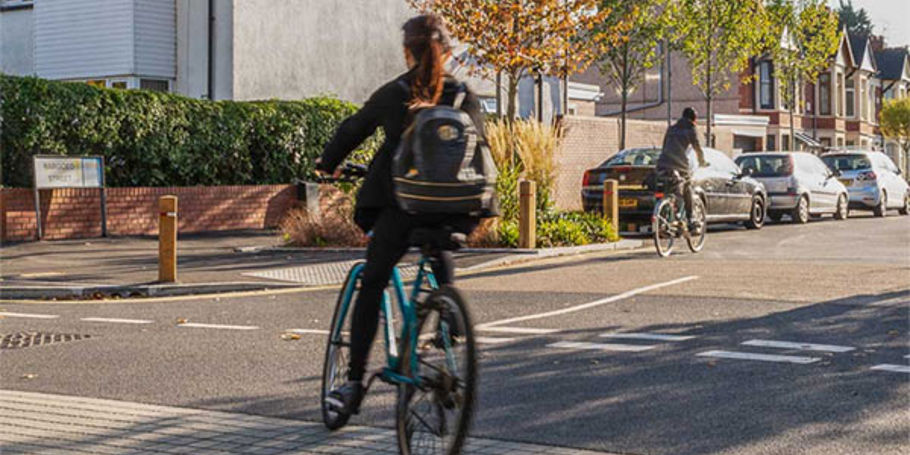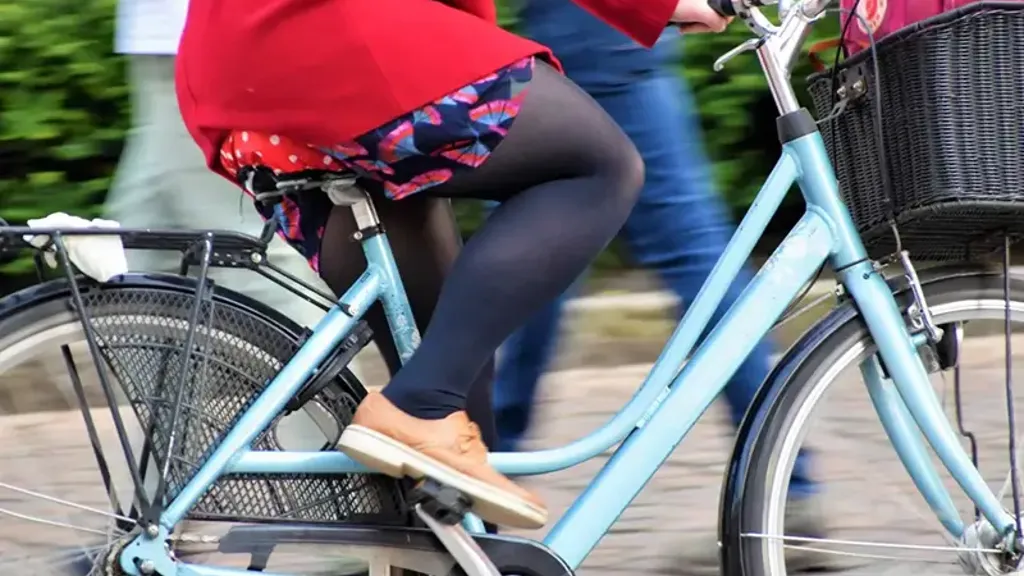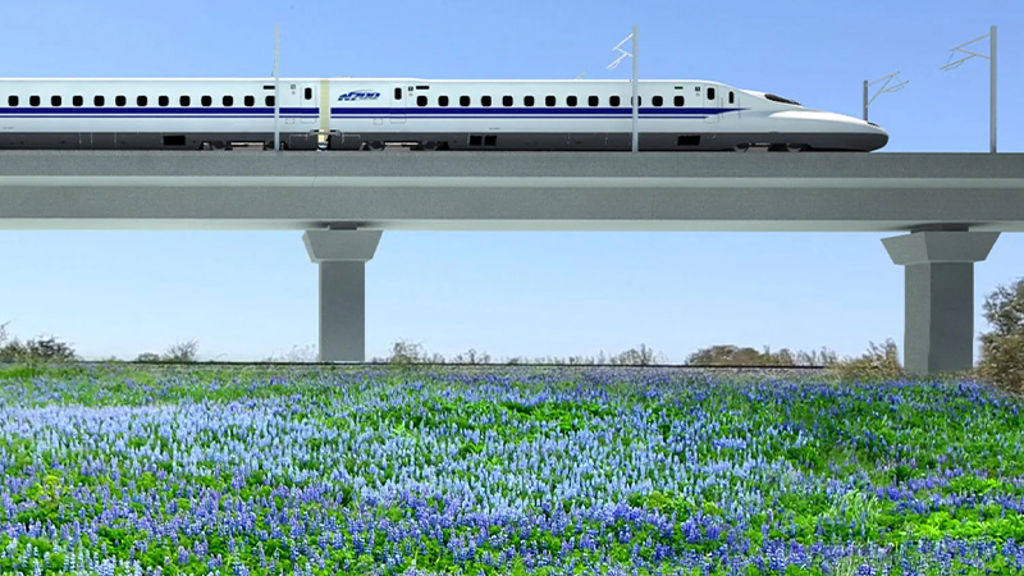With its “Gemeinsam Digital: Berlin” (“Together Digital: Berlin”) strategy, the city of Berlin is pursuing the vision of a smart city in which digitalisation and technology benefit society and strengthen democracy. This includes the digitalisation of administration and cooperation with citizens, politics, administration and business. Funded pilot projects of the strategy, such as the project “Data & Smart City Governance using the example of air quality management” by the Alexander von Humboldt Institute for Internet and Society (HIIG), are looking for answers to these questions.
HIIG commissioned Arup to simulate scenarios for improving Berlin's air quality through various traffic measures. Current mobility data was to be used for the emissions calculations. The resulting data was integrated into an interactive dashboard that shows the current state of air quality in Berlin and forecasts scenarios up to 2030, including implemented and discussed measures such as a local electric vehicle obligation, traffic calming or increased parking fees.
The dashboard, which is publicly accessible, served as a central component of the “Laboratory for citizen participation: Better air quality through a traffic turnaround?” in November 2023, funded by the city. Participants were able to inform themselves with the help of the dashboard and then take part in a simulated district council meeting to influence decisions on urban measures. The experiment shows the potential of data analysis for citizen participation and urban planning. The real-world laboratory could therefore set a precedent - not only in Berlin, but also in many other cities.
Data analysis
More than 350,000 virtual agents simulate the mobility behavior of the Berlin population on one day (1:10 modeling). Each mobility scenario for a simulated day in Berlin contains more than 9 million trips. The simulation has a resolution of 50x50 meters and is calculated for the entire area of Berlin on 891.12 km².
Arup has carried out 6 mobility scenarios and 6 emission calculations. The data basis for the simulation of the Berlin population consists of census, mobile phone and survey data. This is used to map 11 focus groups in detail. This was created together with Senozon AG.
The simulations on traffic emissions show that they can be reduced by 65% with the same level of mobility if active mobility (i.e. walking and cycling) and local public transport are consistently promoted.







